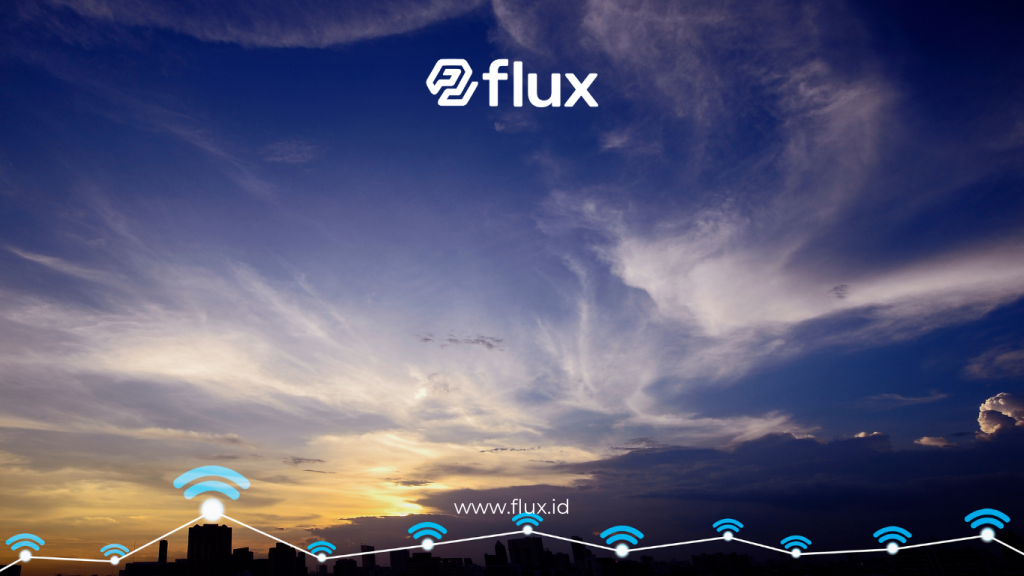Don't miss our holiday offer - 20% OFF!
In this modern era, managing energy consumption in buildings has become a significant challenge for building owners and managers. With growing awareness of sustainability and cost savings, energy sensor technology emerges as an innovative solution that can transform how we manage energy use. This article will discuss how energy Sensors for Building Energy Management are changing our approach to efficiency and energy savings in buildings, explain the latest technologies, benefits, and practical guidelines for their implementation Energy Sensors for Building Energy Management.
Contents
What Are Energy Sensors?

Read More: Digital Energy Optimization: Efficiency and Savings Strategies
Energy sensors are devices designed to monitor, measure, and control energy consumption in buildings. These sensors collect data from various energy sources such as electricity, gas, and water, then analyze this data to identify usage patterns and energy efficiency. With this data, building managers can make better decisions related to energy management, reduce waste, and optimize energy consumption.
Types of Energy Sensors
There are various types of Energy Sensors for Building Energy Management used in buildings to enhance energy efficiency. Here are some of the main types:
- Energy Consumption Sensors
- Measure the amount of energy used by equipment, HVAC systems, lighting, and other systems in the building.
- Energy Quality Sensors
- Monitor energy quality parameters such as voltage, frequency, and harmonics to ensure the system operates optimally.
- Temperature and Humidity Sensors
- Measure temperature and humidity in various building areas to optimize HVAC systems and reduce energy waste.
- Light Sensors
- Measure natural and artificial lighting levels to adjust lighting intensity and reduce unnecessary energy use.
Latest Technology in Energy Sensors

Energy sensor technology continues to evolve, bringing innovations that enhance effectiveness and efficiency. Here are some of the latest technologies that can help manage energy consumption in buildings better:
1. IoT Wireless Connection-Based Sensors
Using wireless connections like Wi-Fi and Bluetooth allows more flexible installation and reduces installation costs. These sensors can connect to energy management systems and provide real-time data without requiring complex wiring.
2. Smart Energy Sensors with Artificial Intelligence (AI)
Equipped with AI, these sensors can analyze data to identify energy consumption patterns and provide automatic recommendations for efficiency improvements. AI also enables energy load prediction and automatic adjustments to optimize energy use.
3. Remote Sensing Technology
Remote sensing technology allows sensors to measure energy consumption from a distance without direct contact. This is very useful for monitoring hard-to-reach systems or collecting data from various measurement points easily.
4. Integration with Energy Management Systems (EMS)
Latest energy sensors can integrate with Energy Management Systems (EMS), enabling better management and more in-depth analysis. This integration helps combine sensor data with information from other systems like HVAC, lighting, and security for more effective energy management.
Benefits of Using Energy Sensors for Energy Efficiency
Using energy sensors in buildings offers significant benefits. Here are some of the main advantages:
1. Cost Savings on Energy

Read More: Electrical Sensors Enhancing Energy Efficiency and Cost Savings
Helps identify areas with inefficient energy consumption, such as unused equipment or suboptimal HVAC systems. By reducing energy waste, companies can significantly save on operational costs.
2. Improved Energy Performance

Read More: Optimizing Office Energy Use with Smart Technology
By monitoring and analyzing energy data in real-time, energy sensors can help improve the performance of energy systems. Adjustments based on sensor data can enhance the operational efficiency of HVAC systems, lighting, and other equipment.
3. Reduced Carbon Footprint

Read More : Energy Efficiency in Hospitals: Implementing IoT for Sustainability
Reducing energy consumption contributes to lowering a building’s carbon footprint. Energy sensors help minimize energy waste and optimize the use of renewable energy, supporting sustainability and environmental friendliness.
4. Increased Occupant Comfort

Read More: Comfort and Security with Smart Living Technology
Improve the comfort of building occupants by ensuring consistent temperature and lighting according to needs. Well-managed systems create a more comfortable and pleasant environment for occupants.
How to Implement Energy Sensors in Buildings

Implementing energy sensors requires careful planning and execution. Here are practical steps to successfully implement energy sensors:
1. Evaluate Energy Needs
The first step is to conduct a thorough evaluation of the building’s energy needs. Identify areas with high energy consumption and systems requiring further monitoring. This evaluation will help in selecting the most suitable types of sensors for your building.
2. Choose the Right Sensors
Select energy sensors based on the type of energy to be monitored and the specific needs of the building. Consider features such as wireless connectivity, integration with EMS, and analytical capabilities when choosing sensors.
3. Installation and Calibration
Install energy sensors in strategic locations to ensure accurate measurements. Ensure sensors are properly calibrated to provide precise data. If necessary, consult professionals for installation and calibration.
4. Integration with Energy Management System
Integrate sensors with an Energy Management System (EMS) to manage data and conduct analysis. EMS allows you to monitor, control, and optimize energy use more effectively.
5. Monitor and Follow Up
Regularly monitor the data collected by sensors to identify energy-saving opportunities and make necessary adjustments. Use reports and analytics to make data-driven decisions and improve energy efficiency.
Conclusion
Energy sensors have brought significant changes in how we manage energy consumption in buildings. With the latest technologies such as wireless IoT sensors, artificial intelligence, and integration with Energy Management Systems, these sensors provide greater control and in-depth insights into energy use. The benefits of using energy sensors include cost savings, improved energy performance, reduced carbon footprint, and increased occupant comfort.
For successful implementation, it is essential to evaluate energy needs, choose the right sensors, perform accurate installation and calibration, integrate with EMS, and regularly monitor data. With these steps, you can achieve optimal energy savings and contribute to a more sustainable environment.





